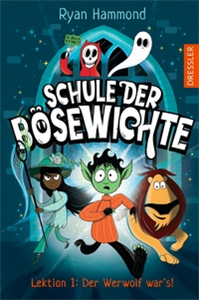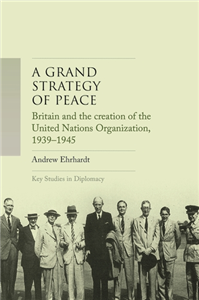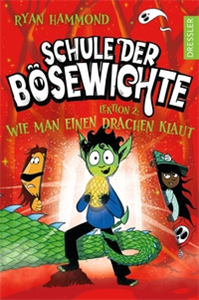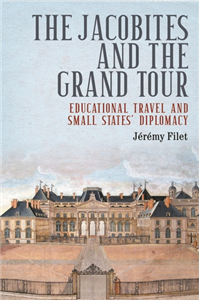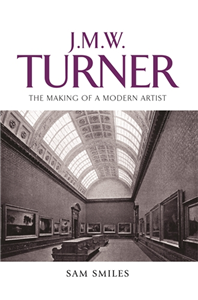Mindfulness and Character Strengths - A Practical Guide to Flourishing
by Ryan M. Niemiec
At the core of this hands-on resource for psychologists and other practitioners, including educators, coaches, and consultants, is Mindfulness-Based Strengths Practice (MBSP), the first structured program to combine mindfulness with the character strengths laid out in the VIA Institute's classification developed by Drs. Martin E. P. Seligman and Christopher Peterson. This 8-session program systematically boosts awareness and application of character strengths. The first section of the book consists of a detailed primer on mindfulness and character strengths while the second part goes into more detail about the integration of mindfulness and character strengths. The third section then leads readers step-by-step through each of the 8 MBSP sessions, including details of session structure and content, suggested homework, 30 practical handouts, as well as inspiring quotes and stories and useful practitioner tips. An additional chapter discusses the adaption of MBSP to different settings and populations (e.g., business, education, individuals, couples). The mindfulness and character strengths meditations on the accompanying CD support growth and development. Target Group: Psychologists, consultants, therapists and counselors, and all those interested in mindfulness, positive psychology, and improving life.










